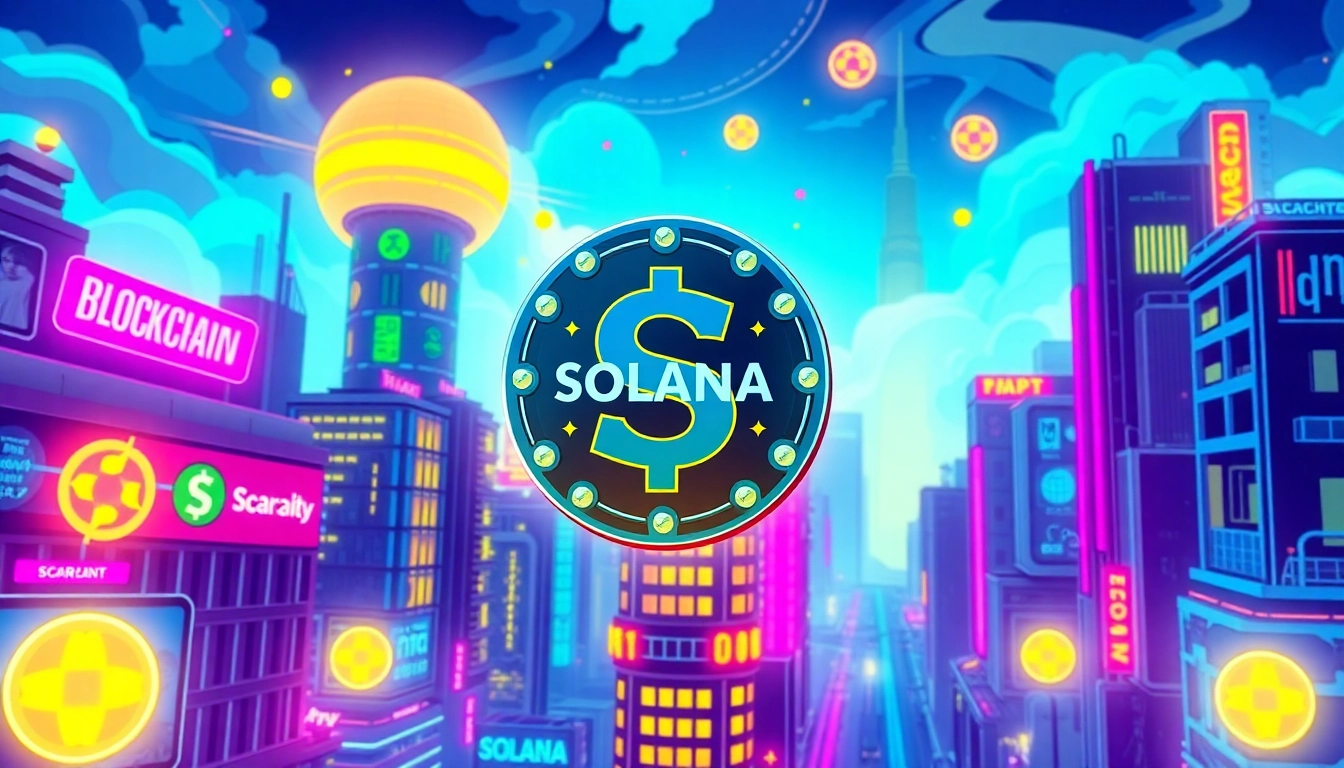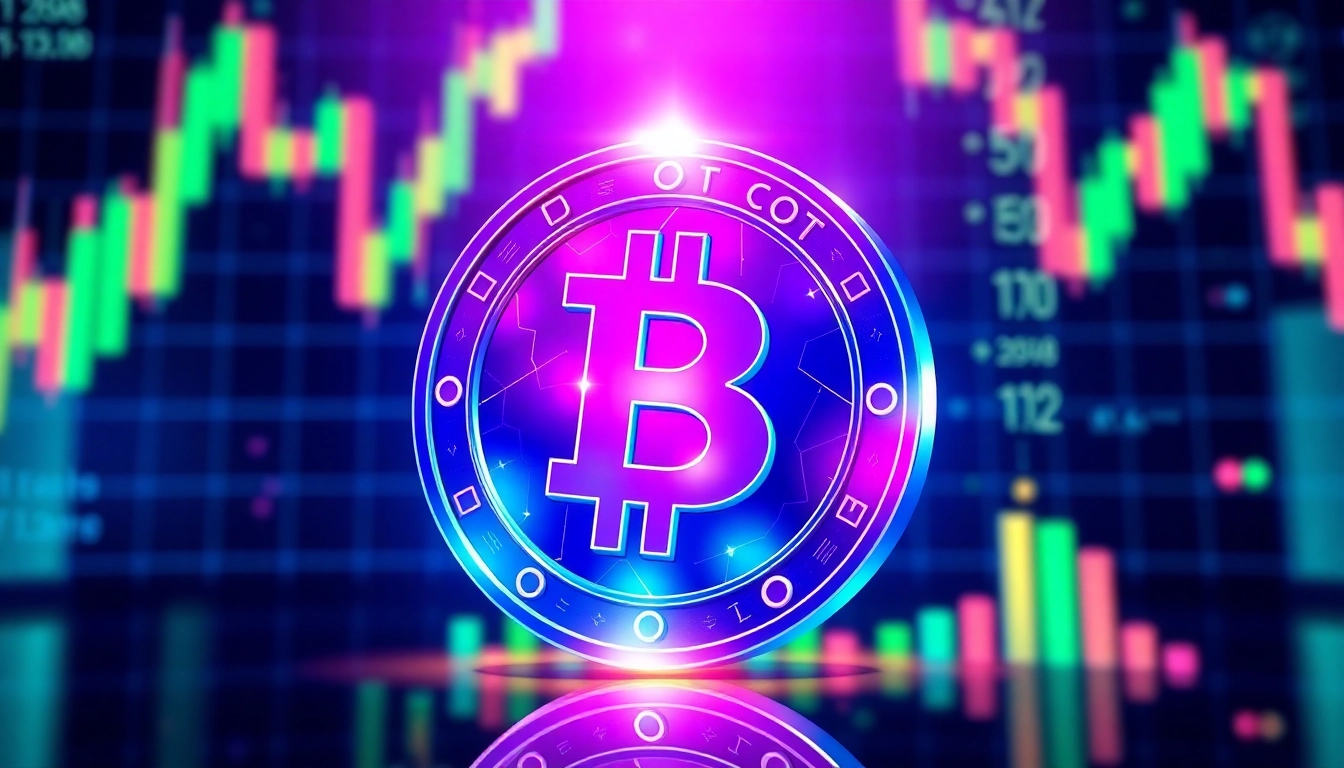Understanding the Synergy of Meme Coins, GambleFi, and Scarcity Tokens
In the rapidly evolving landscape of decentralized finance (DeFi), certain innovative concepts are redefining how investors and enthusiasts perceive value, utility, and earning potential. Among these, the convergence of meme coins, GambleFi platforms, and scarcity tokens has created a dynamic ecosystem where early adopters can capitalize on community-driven utility and scarcity-driven appreciation. Notably, projects like Solana Scarcity Token exemplify this trend, emphasizing limited supply, real-world utility, and innovative earning mechanisms. This comprehensive overview explores how these interrelated facets come together to forge a new frontier in DeFi, especially focusing on meme coins like Angry Pepe Fork and the strategic role of scarcity tokens within this ecosystem.
The Rise of Meme Coins and GambleFi Platforms
Meme coins have transitioned from internet jokes to serious investment vehicles, largely propelled by community engagement and viral marketing. Projects like Angry Pepe Fork push the boundaries by blending meme culture with robust utility, community incentives, and earning opportunities. Their focus on virality, combined with innovative reward systems, has attracted a passionate following eager to participate in the project’s growth.
Simultaneously, GambleFi platforms are reshaping DeFi by integrating on-chain mini-games, wager-based rewards, and deflationary mechanisms that promote value appreciation. Platforms such as Angry Pepe Fork’s GambleFi suite enable users to wager $APORK tokens on chance-based games, with payouts supporting deflationary burn strategies—keeping token scarcity and value aligned. This synergy encourages long-term holding, active participation, and the growth of a community focused on mutual benefits.
The Importance of Scarcity in Tokenomics
Central to these ecosystems is the principle of scarcity. Tokens like the Solana Scarcity Token leverage limited supply to create a perception of higher value, incentivizing early adoption and long-term holding. Scarcity tokens often incorporate mechanisms such as fixed max supply, token burns, or buyback programs to reinforce limited availability, thereby fueling presale interest and subsequent price appreciation.
Compared to other scarcity tokens, projects like Scarcity Theory or SCARCE on Solana benefit from active trading volumes and clear utility on platforms or NFT marketplaces. Their market cap, liquidity, and trading volumes are key indicators of demand and scarcity’s effectiveness in driving value. For instance, Scarcity Token’s market cap of approximately $16.7K with liquidity of over $17.7K reflects initial interest, but a promising growth trajectory when combined with utility, governance, and community incentives.
Community-Driven Utility: How Scarcity Tokens Add Value
Beyond fundamentals, scarcity tokens thrive through strategic community engagement. Incentive models like staking, rewards for content creation, and social campaigns (e.g., promoting meme content, sharing on social media) are instrumental. For example, Angry Pepe Fork’s CommunityFi system rewards active participants with $APORK tokens based on engagement levels—whether tweeting, memeing, or discussing on forums.
Moreover, projects are enhancing utility through partnerships, exchange listings, and multi-chain expansion, allowing tokens to bridge across networks like Ethereum, Binance Smart Chain, and Solana. Such interoperability broadens liquidity pools, reduces network fees, and accelerates adoption, making scarcity tokens more accessible and versatile.
Technical Foundations and Security Measures
A core aspect of sustainable scarcity tokens involves transparent tokenomics and security. For example, Angry Pepe Fork’s tokenomics allocate 20% to presale, 25% for marketing, and 10% for liquidity, ensuring a balanced ecosystem. Regular security audits and transparent reporting build investor confidence, crucial in a volatile market.
Furthermore, multi-chain bridging enhancements are vital for reducing transaction costs and expanding reach. Bridges across platforms like Ethereum, BSC, and Solana empower users to move tokens seamlessly, fostering higher liquidity and diversity. Burn mechanisms, inspired by top projects, mitigate inflation, creating scarcity and fostering long-term value.
Projected Growth and Future Opportunities
The roadmap for scarcity tokens centers on increasing utility, expanding communities, and forging strategic partnerships. Upcoming milestones include listing on major exchanges, launching gaming modules, and integrating with popular DeFi protocols. As scarcity-intensive projects become more mainstream, driven by decreasing supply and increasing demand, the potential for long-term appreciation grows significantly.
For investors, maximizing rewards involves participating early, staking tokens during presales, and engaging actively within the community. Long-term strategies focus on holding tokens that benefit from scarcity-driven appreciation while leveraging GambleFi gaming’s earning opportunities and community incentives to bolster holdings.




